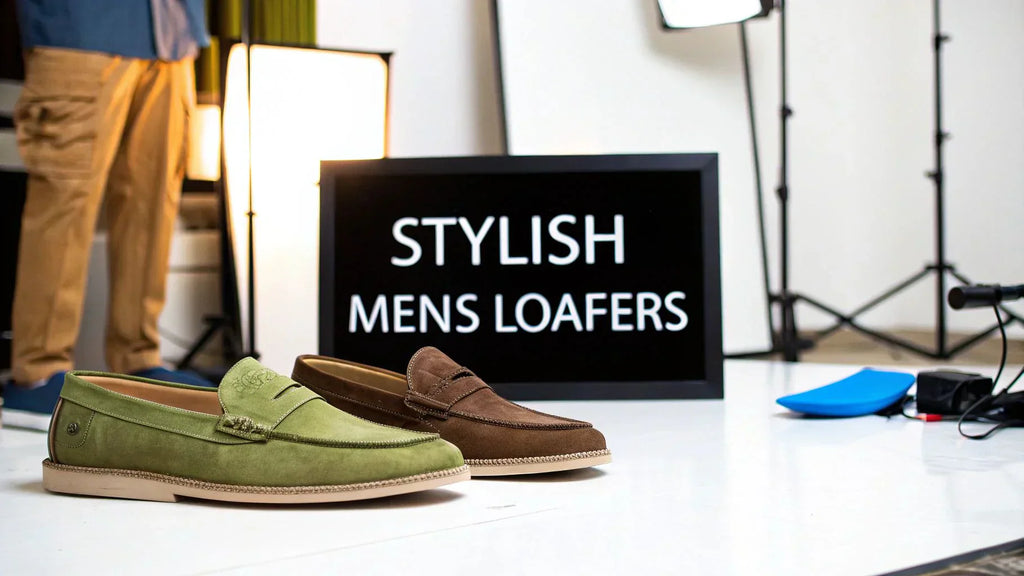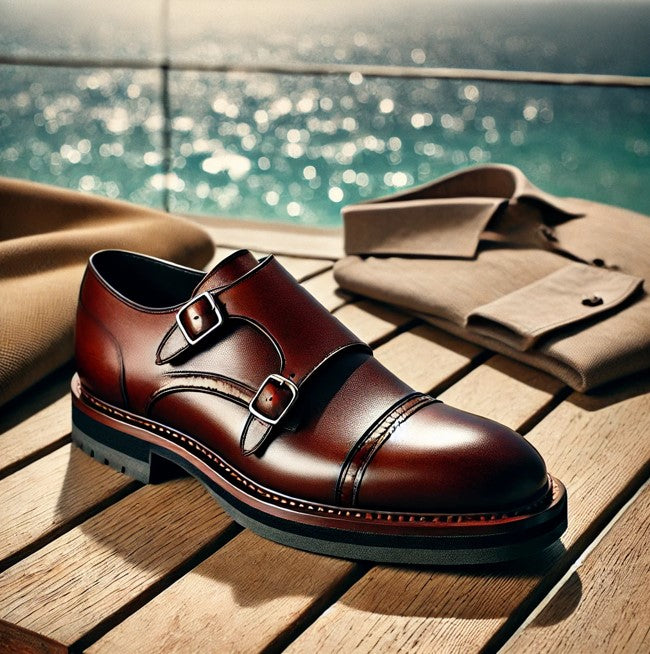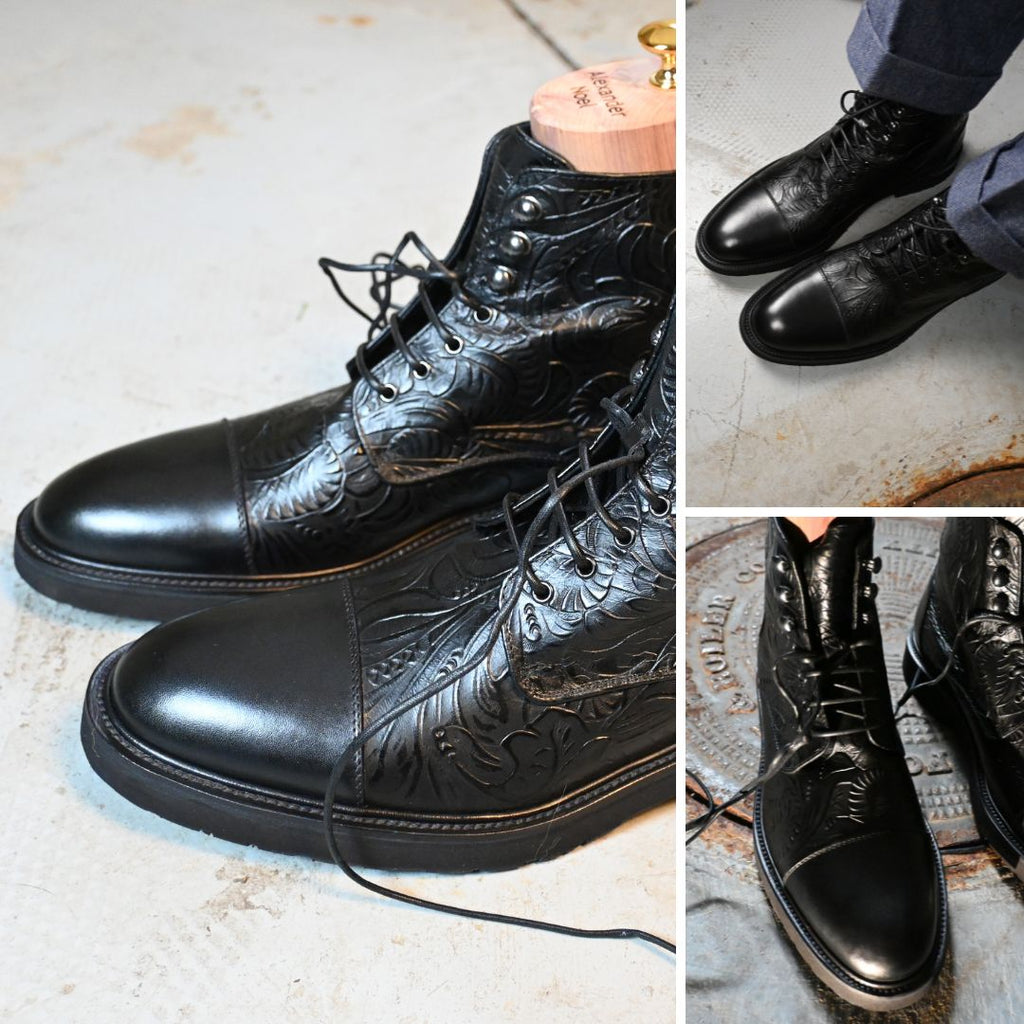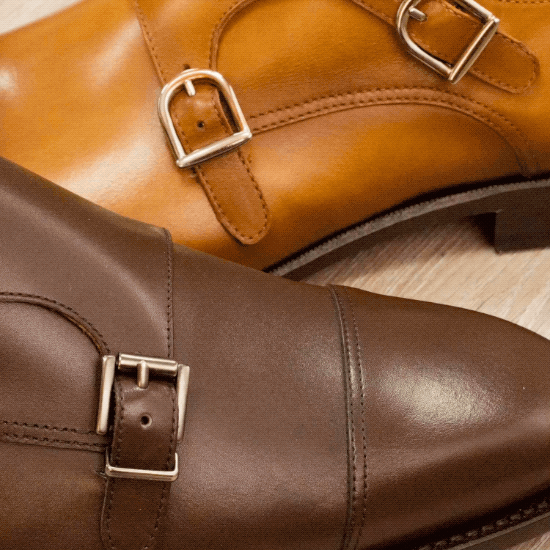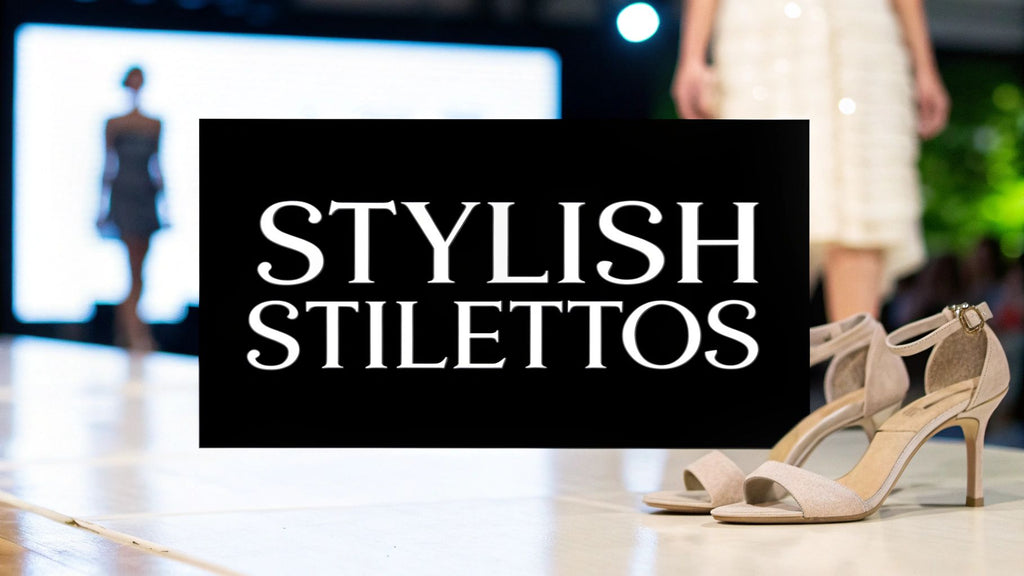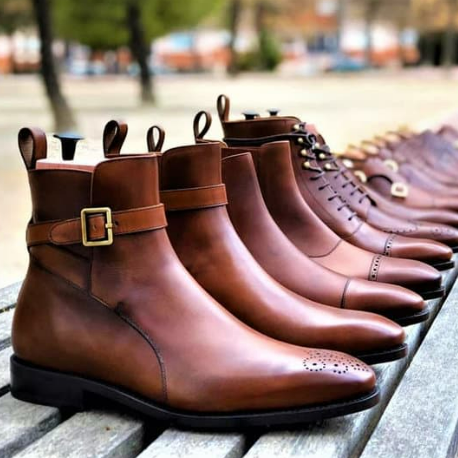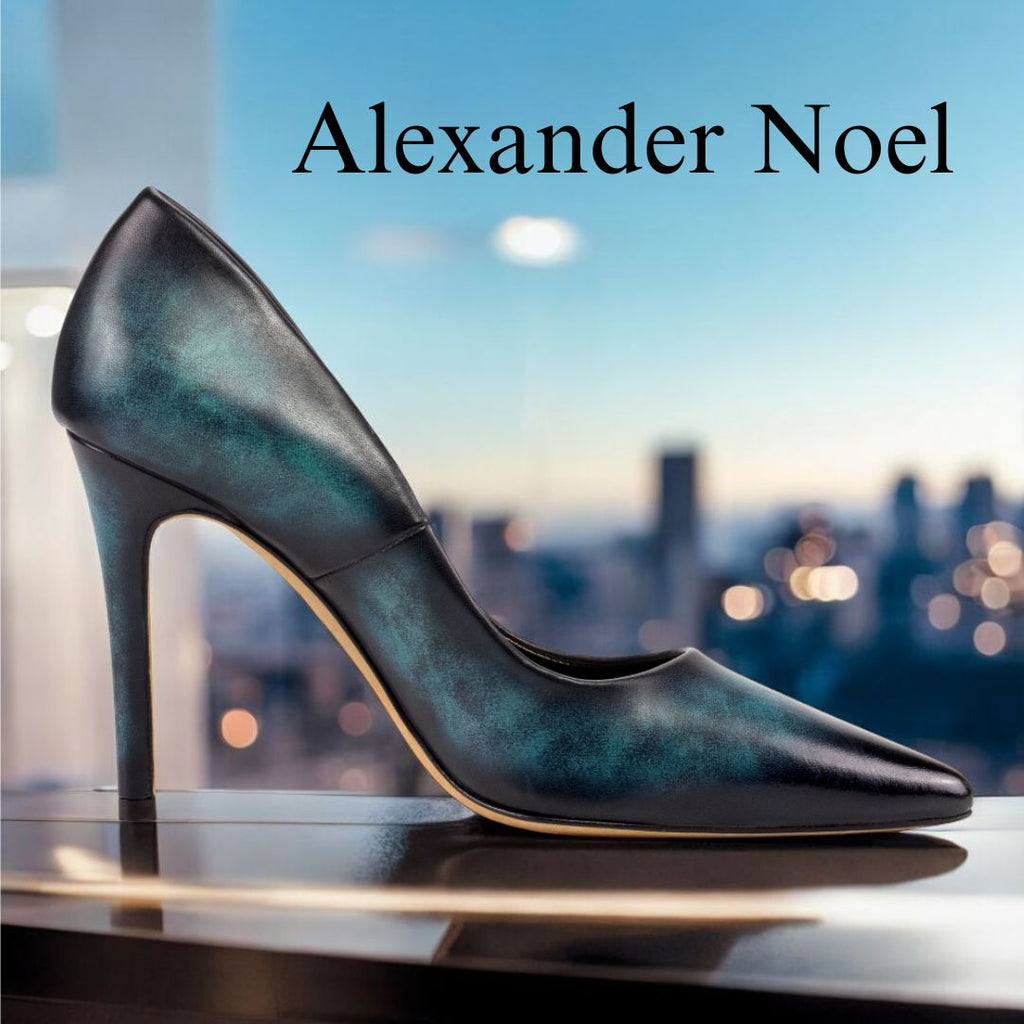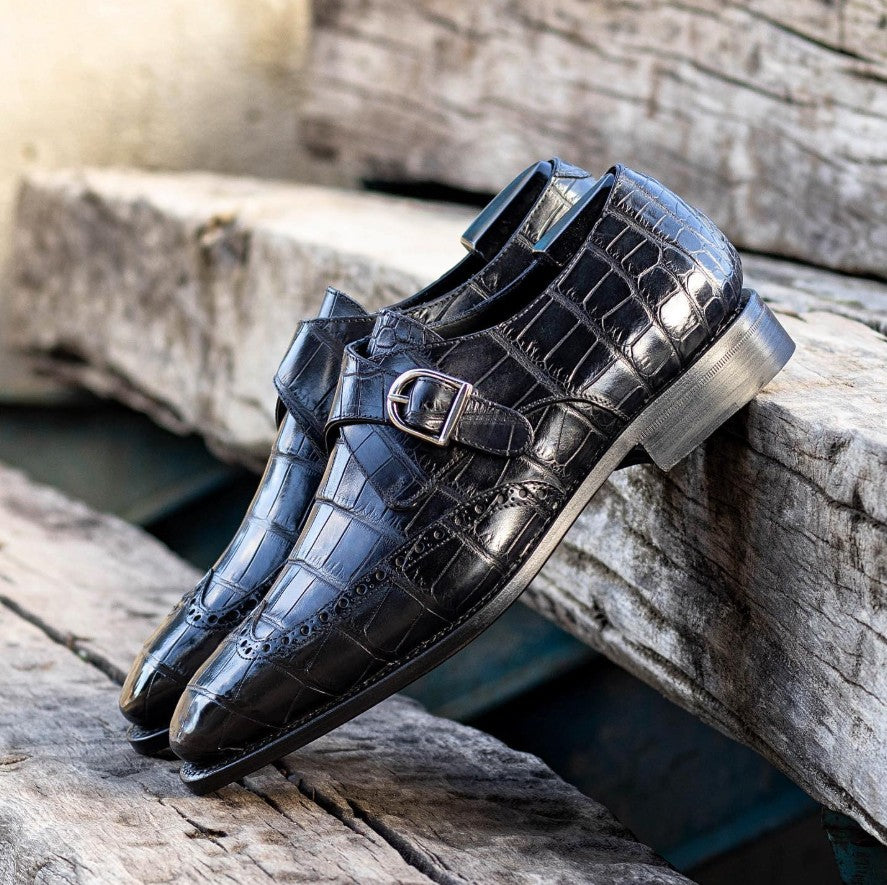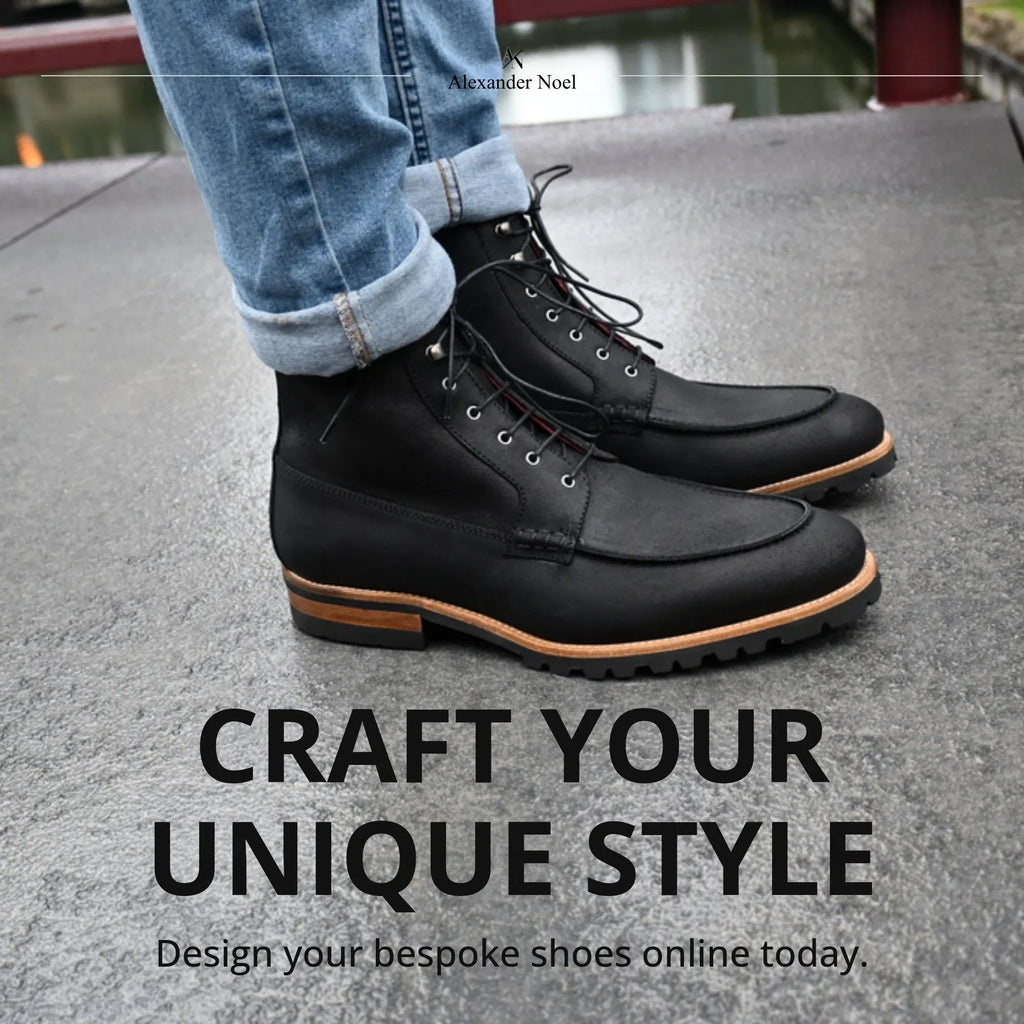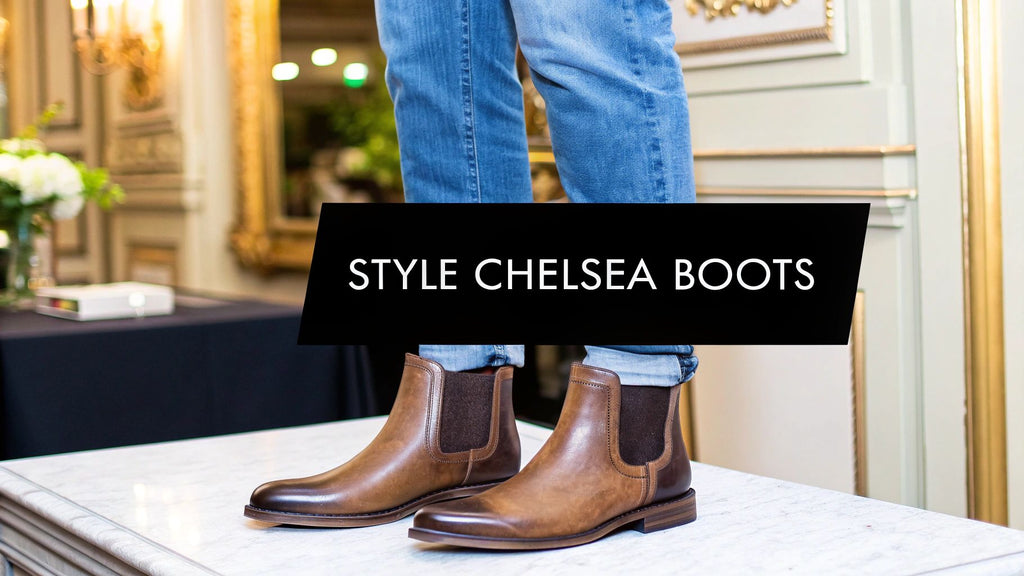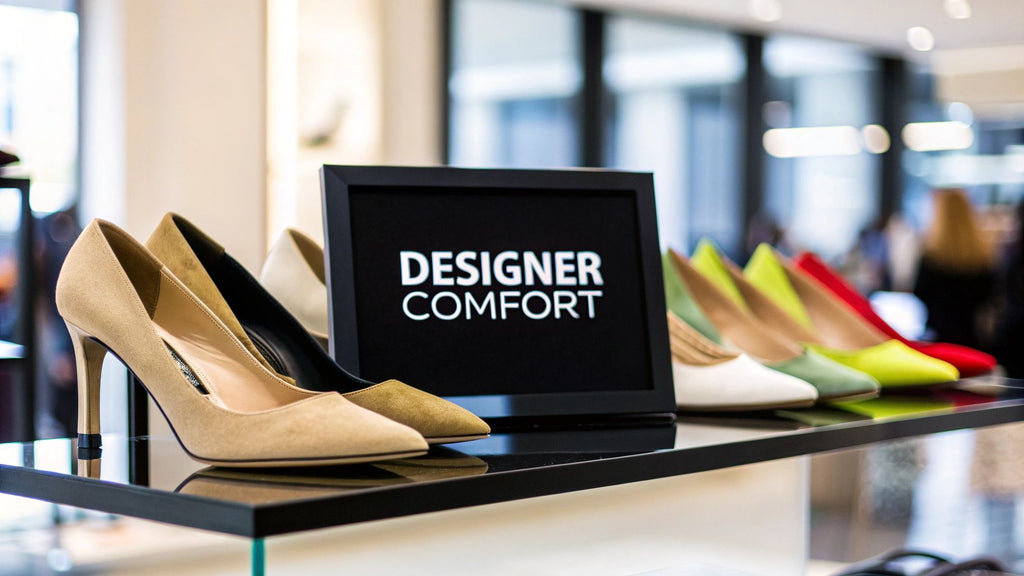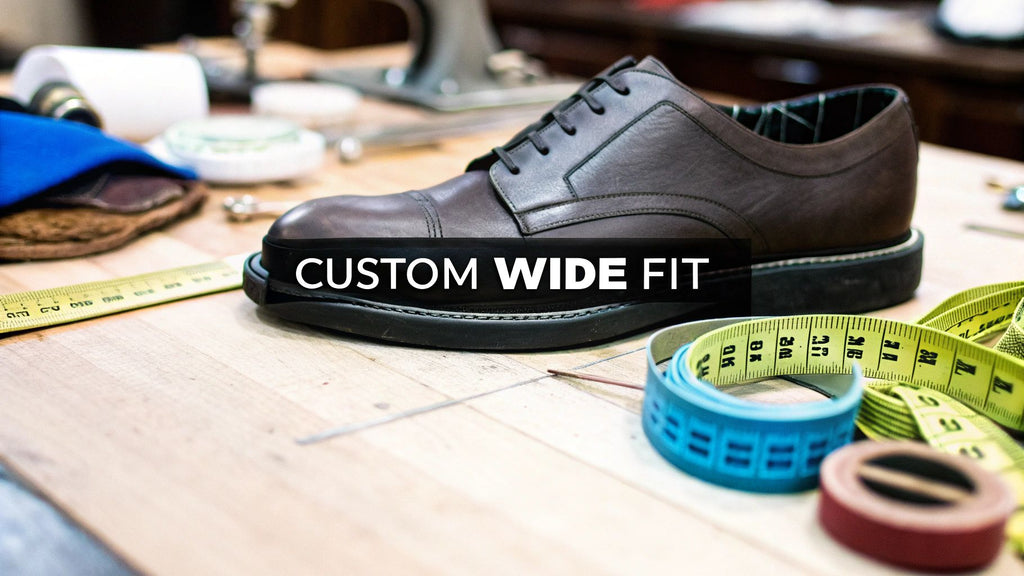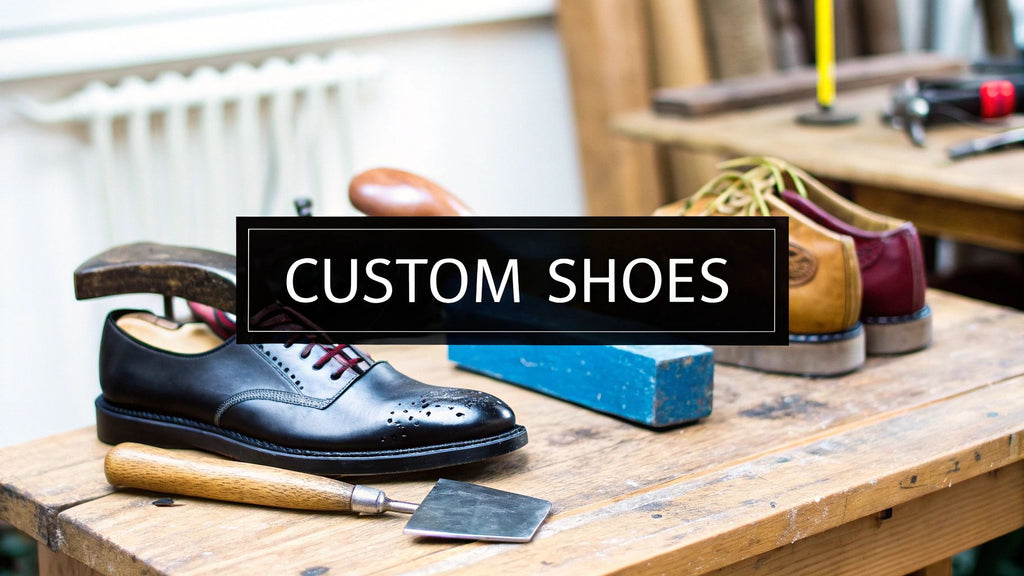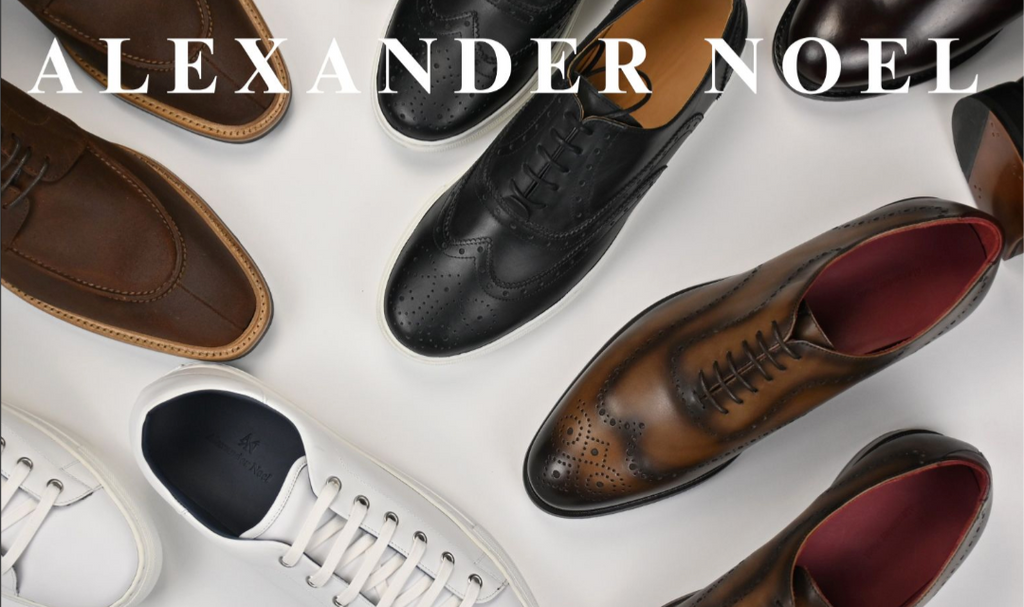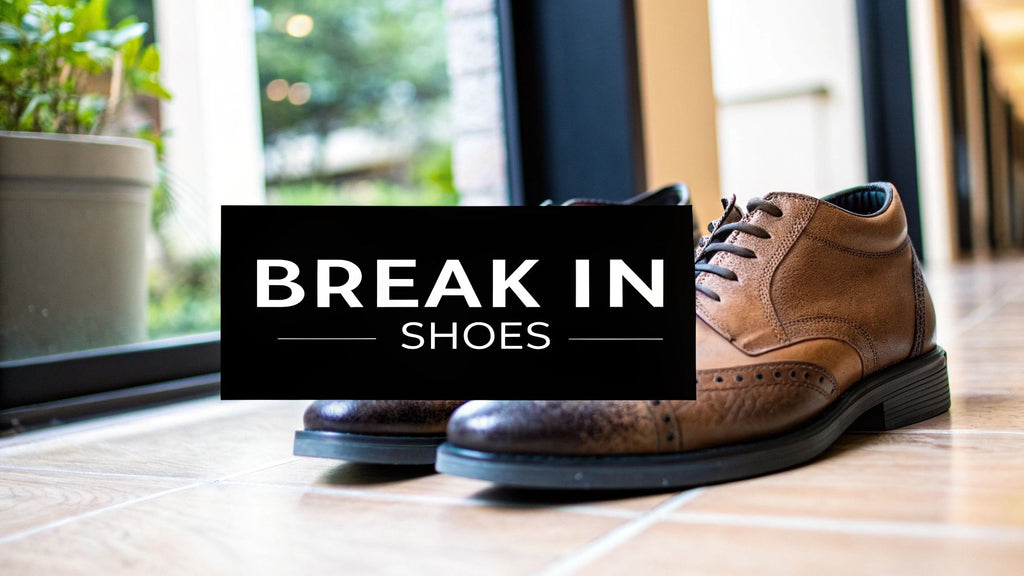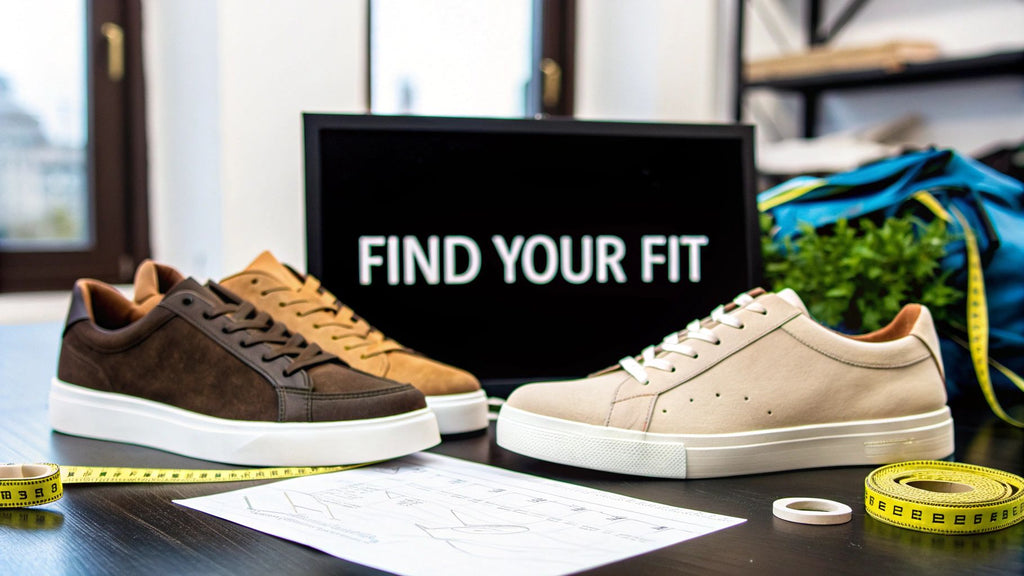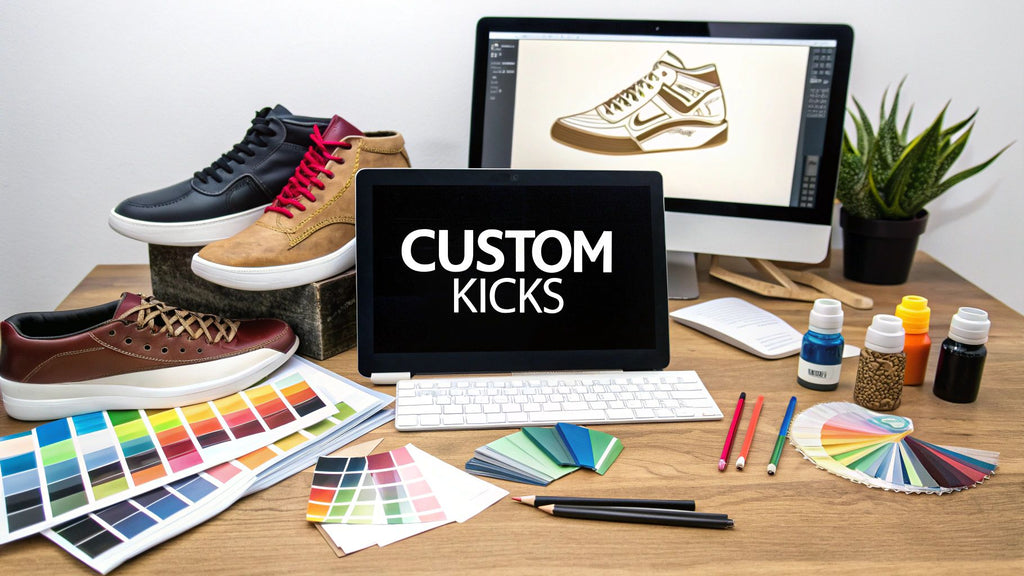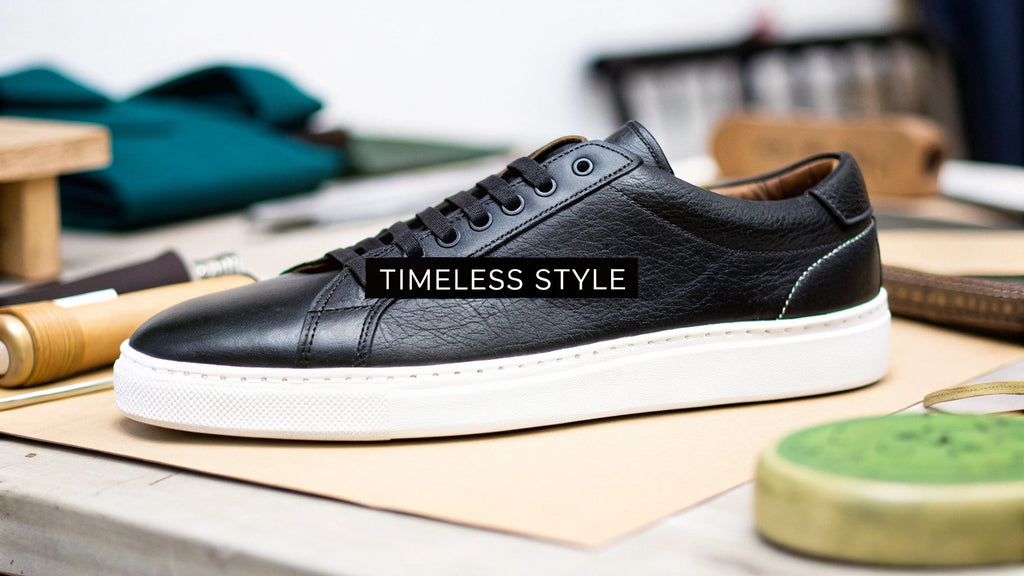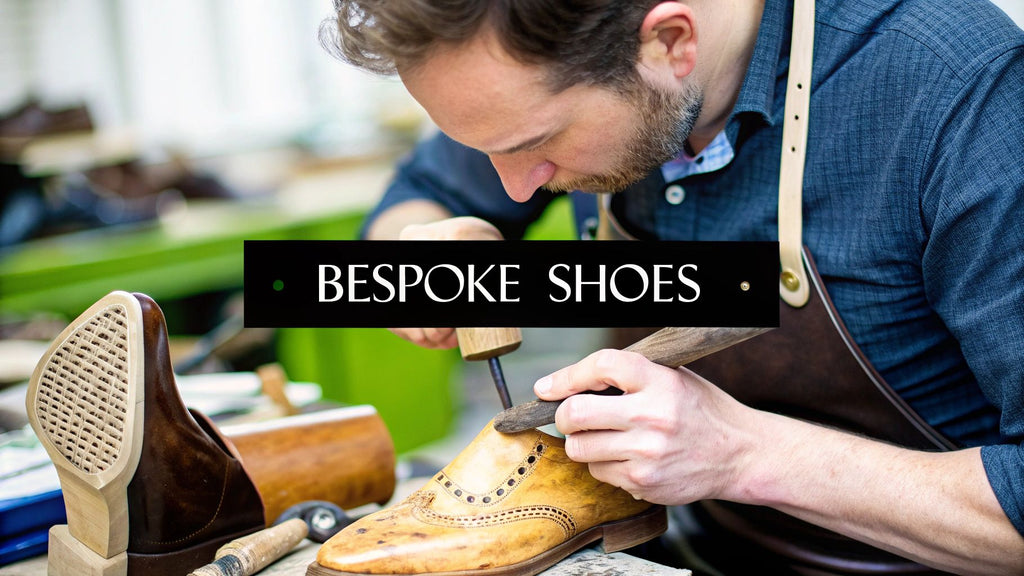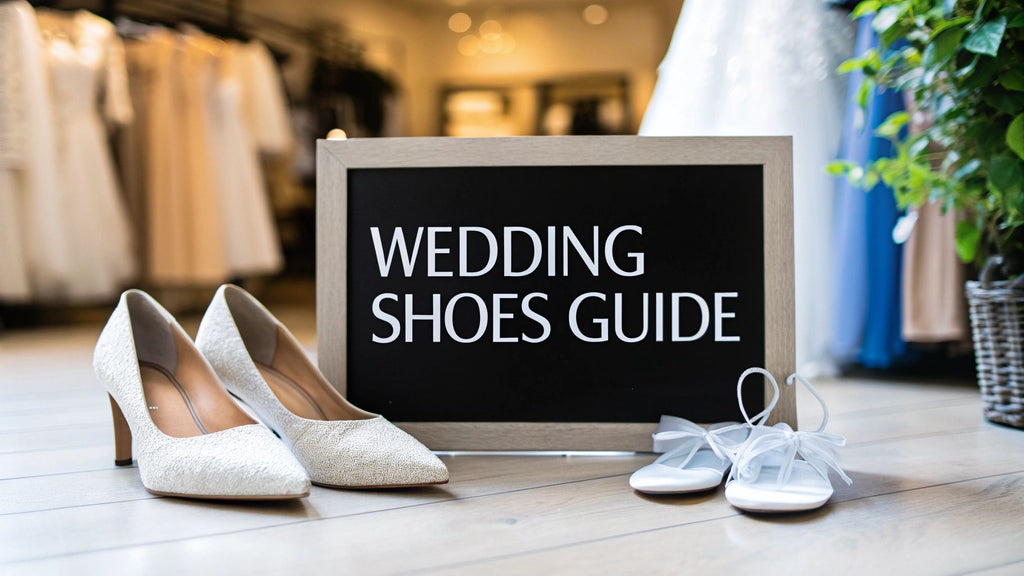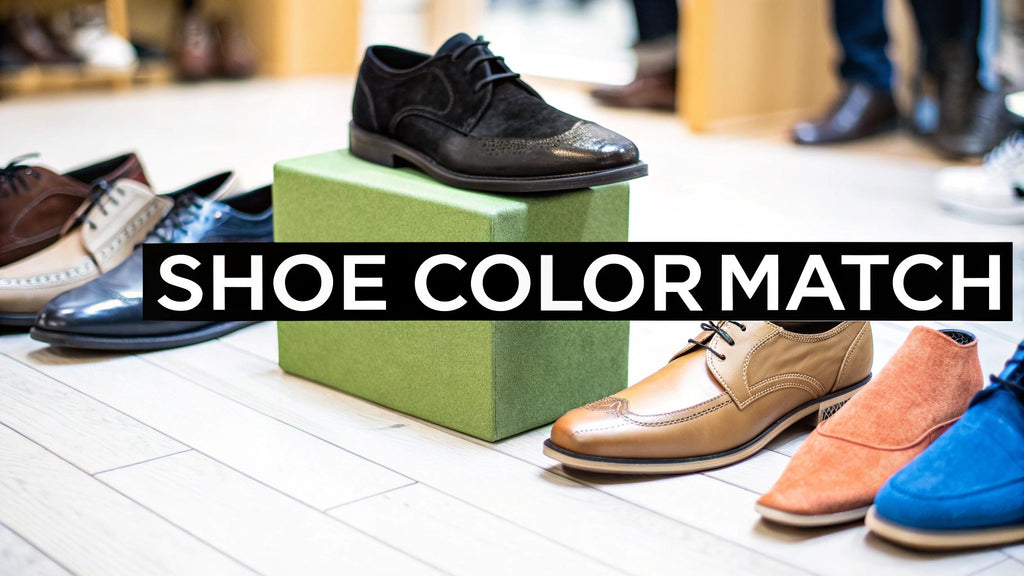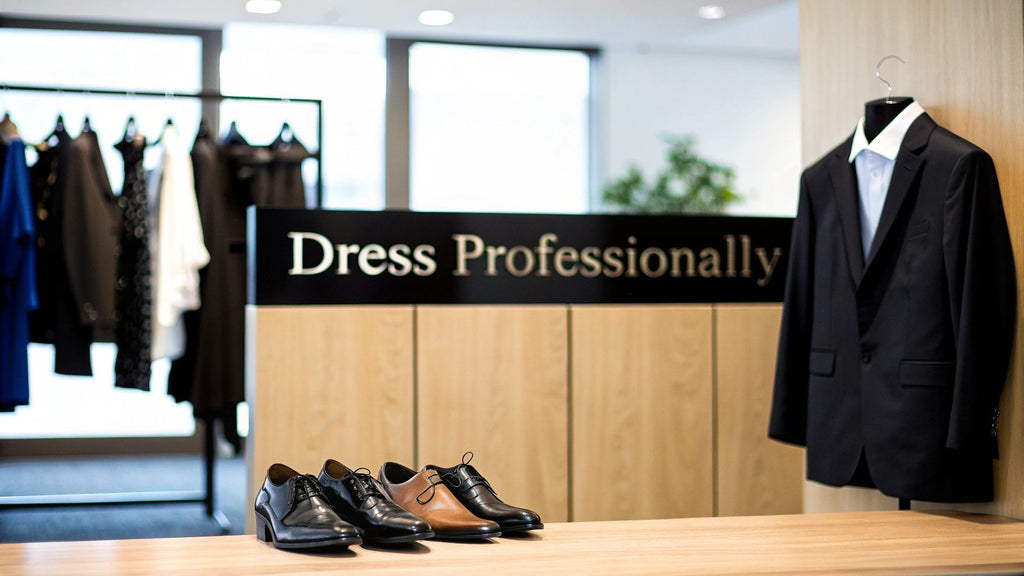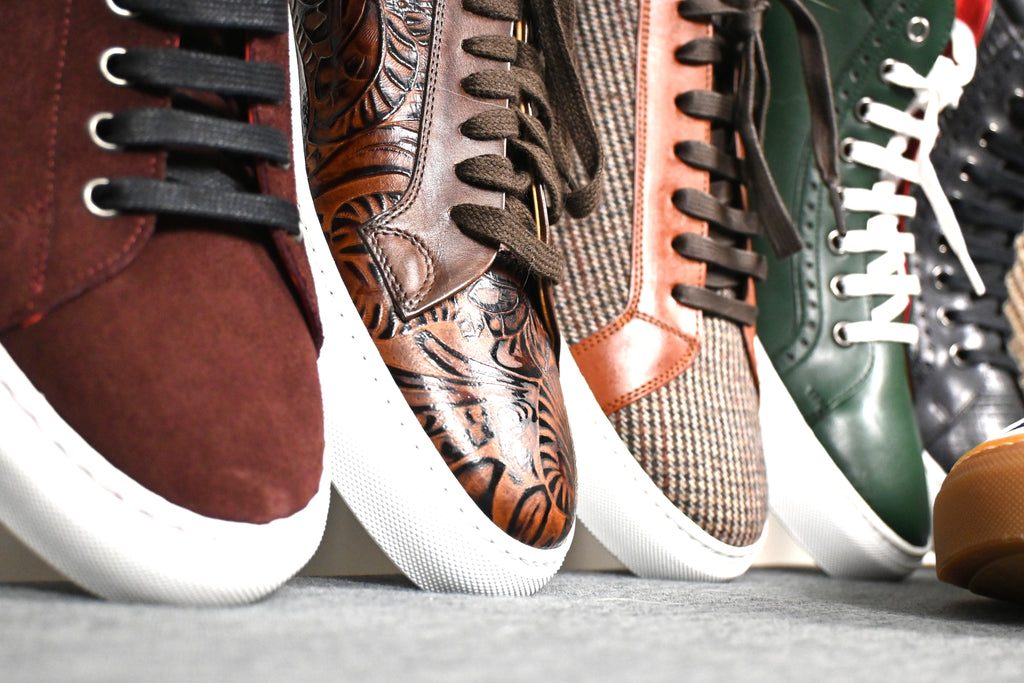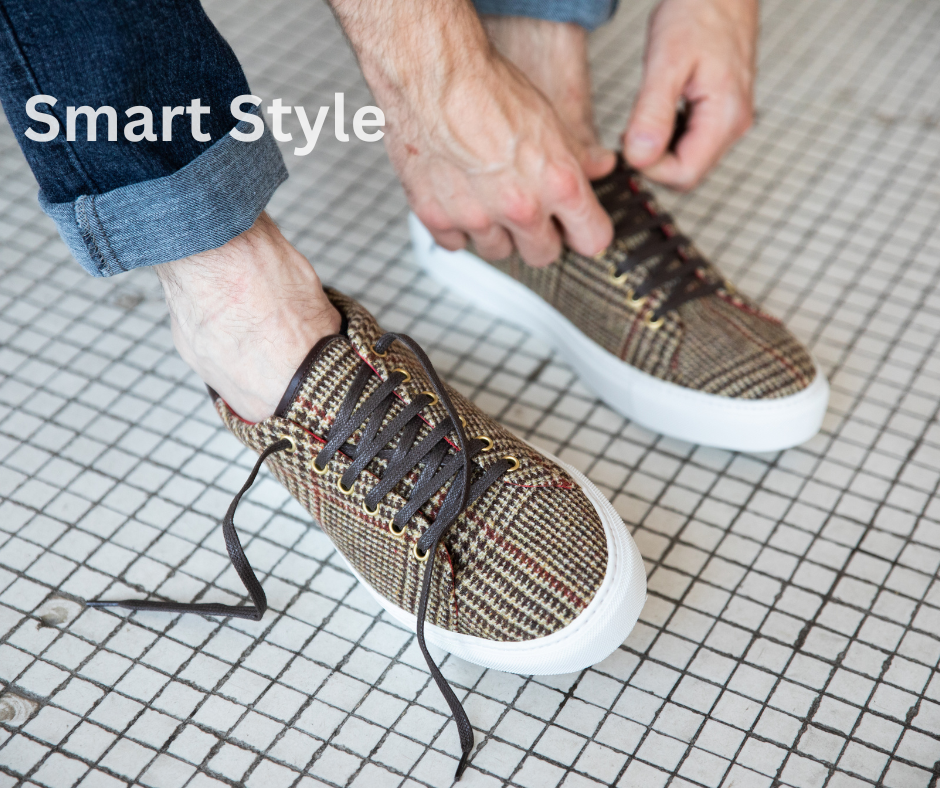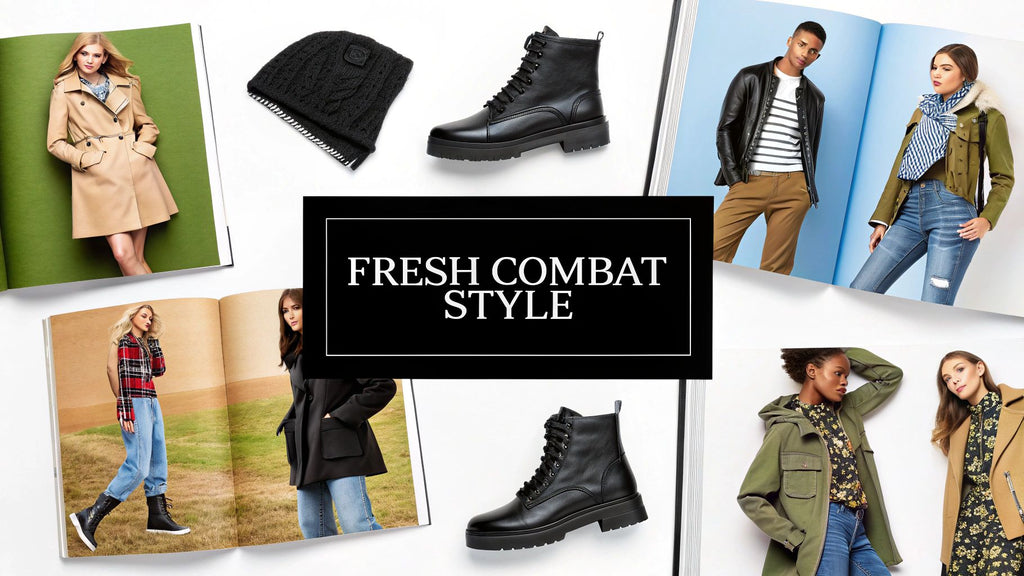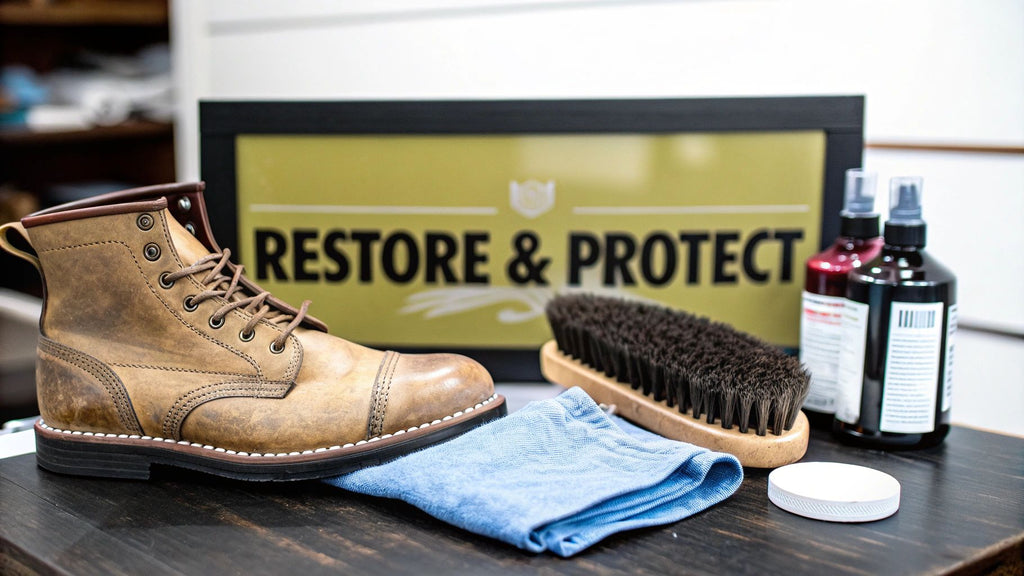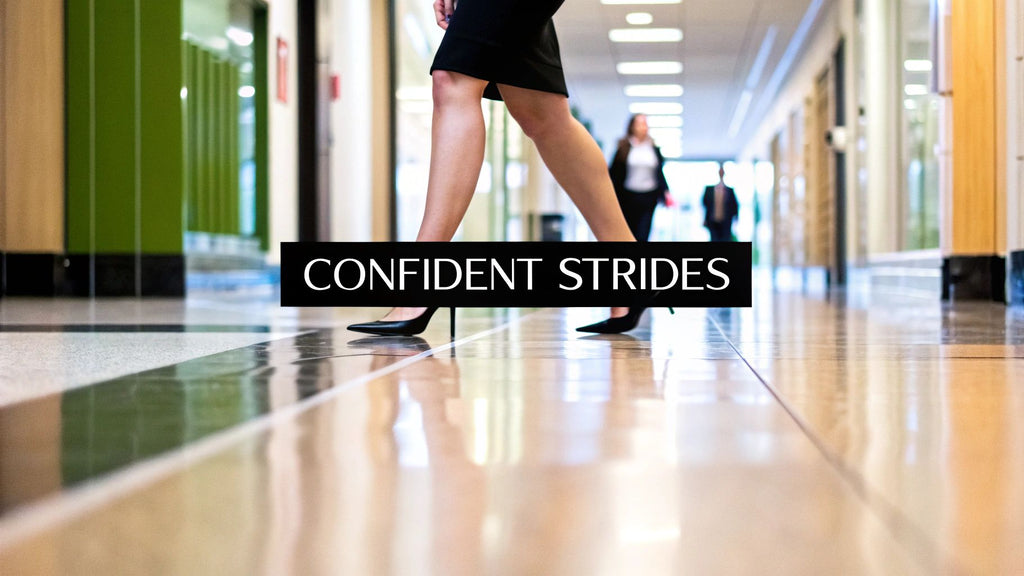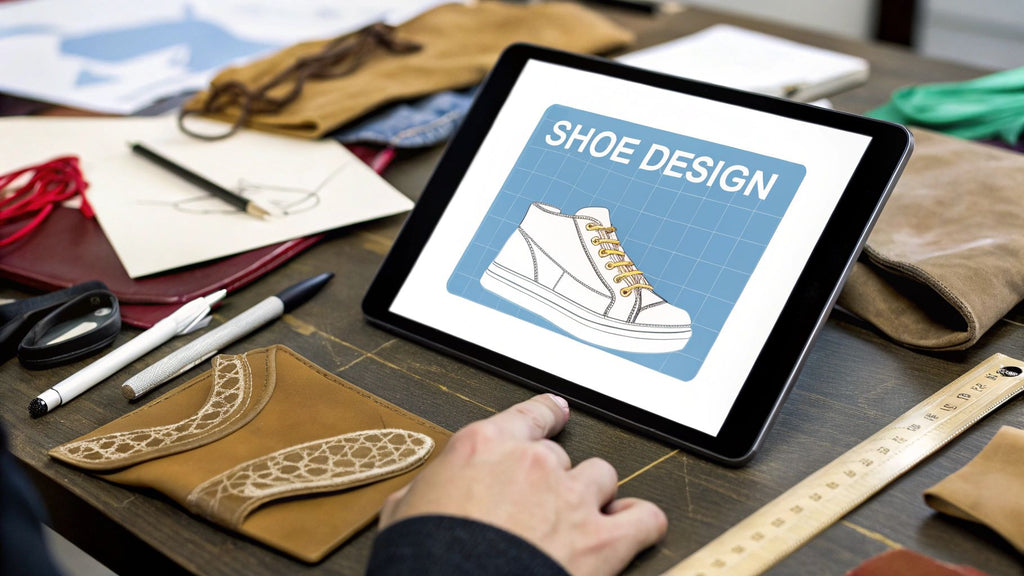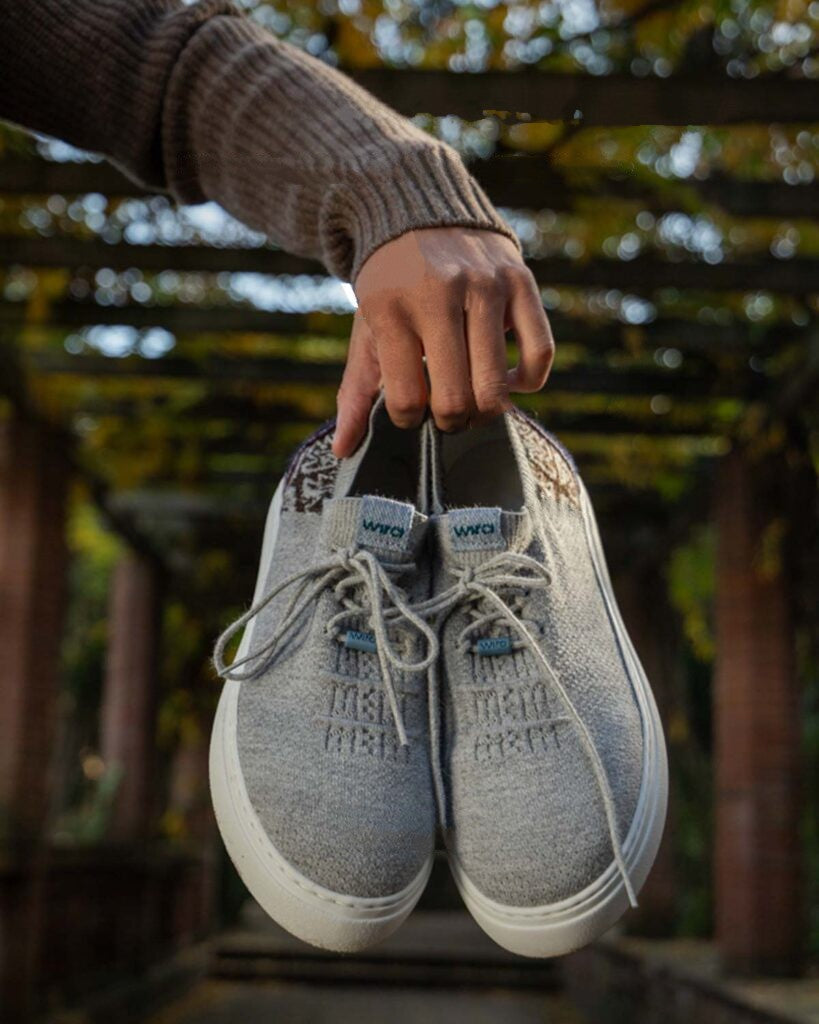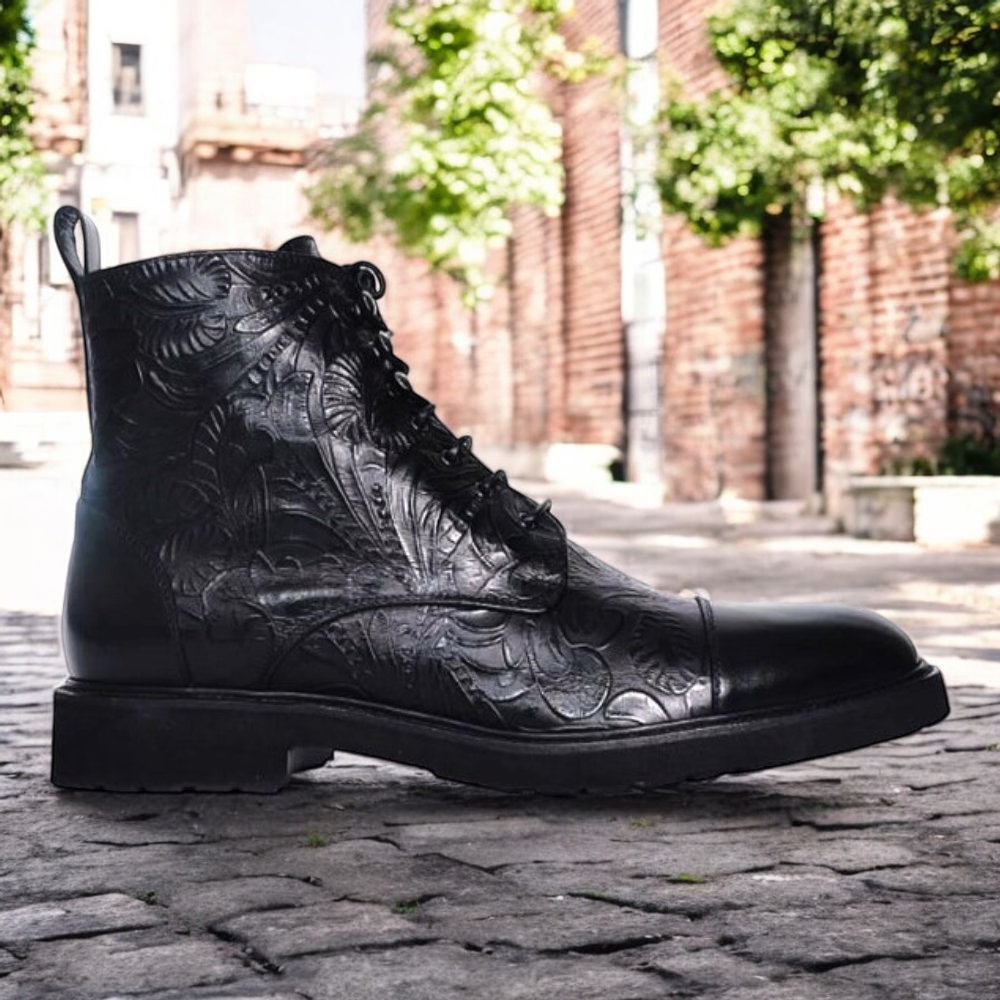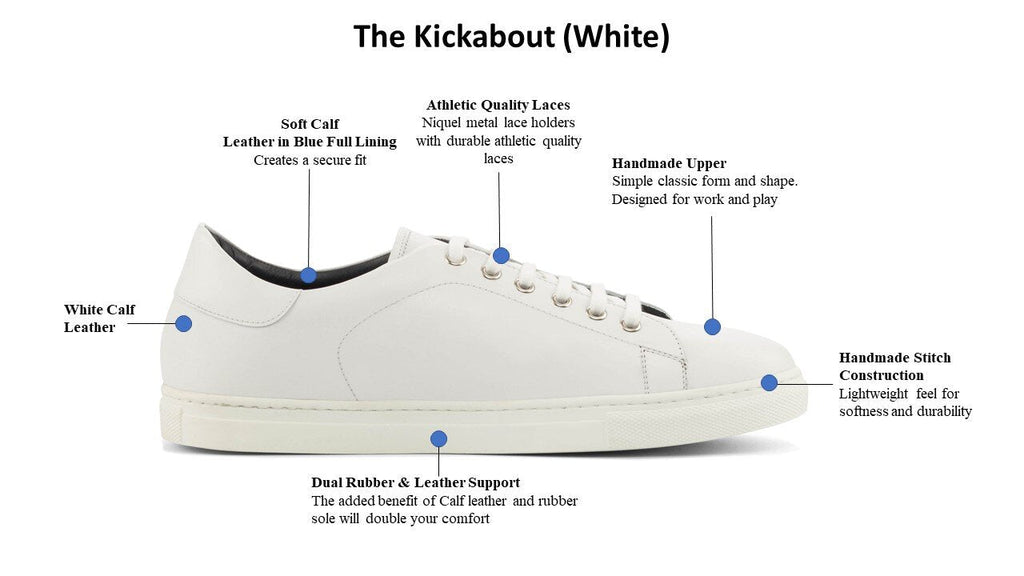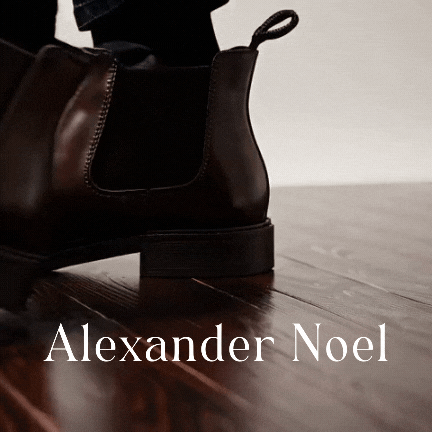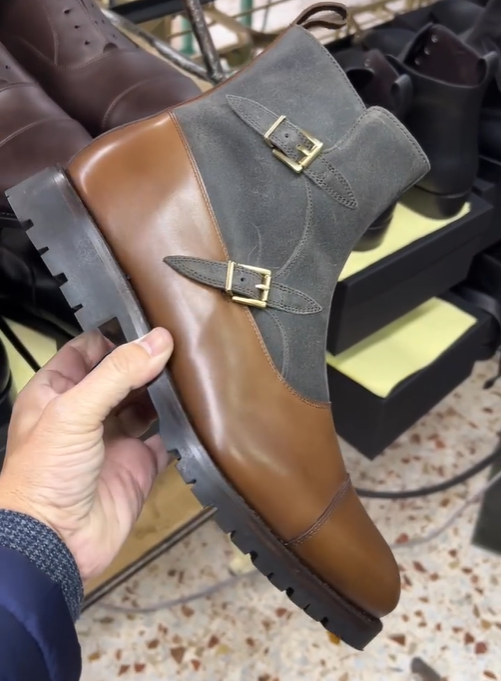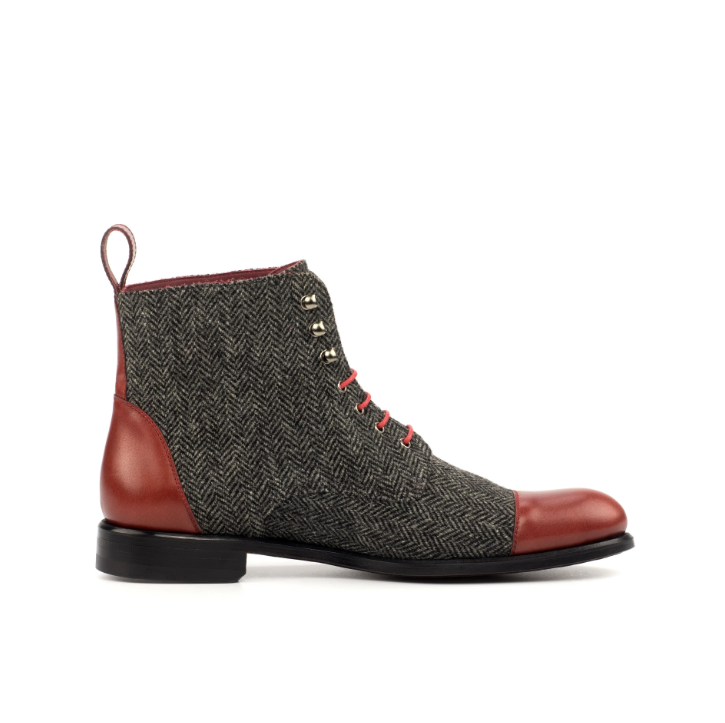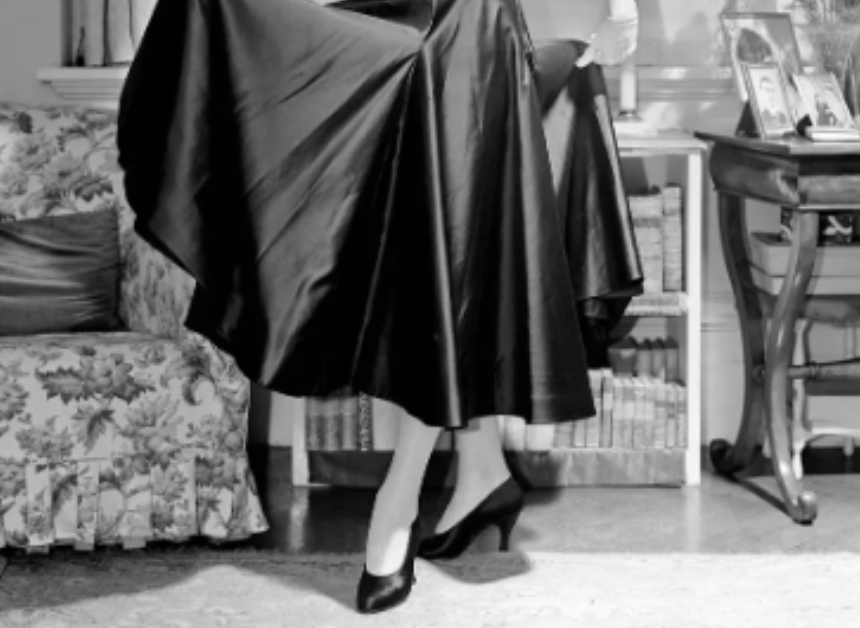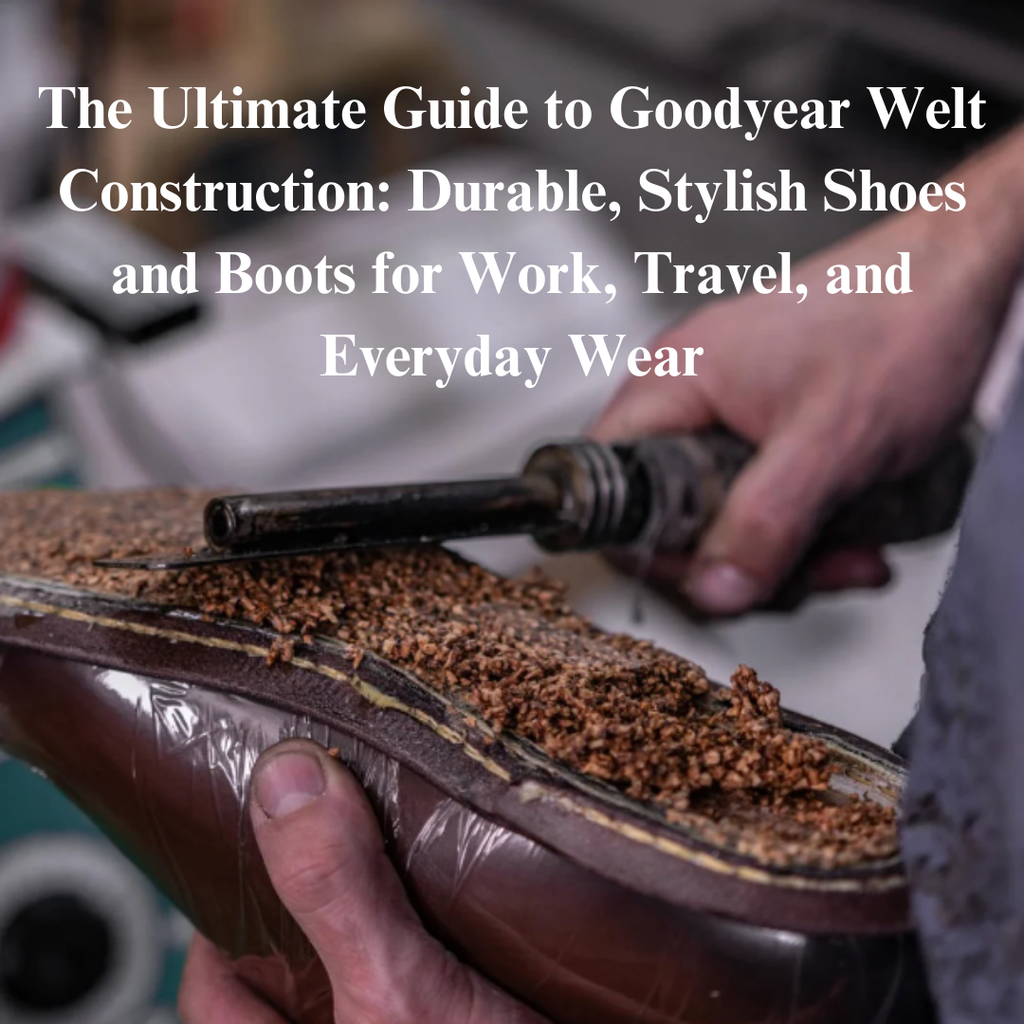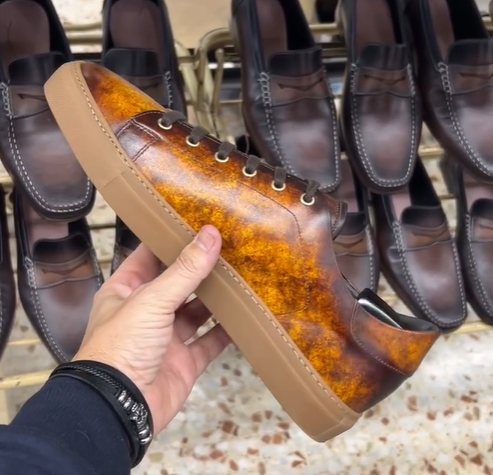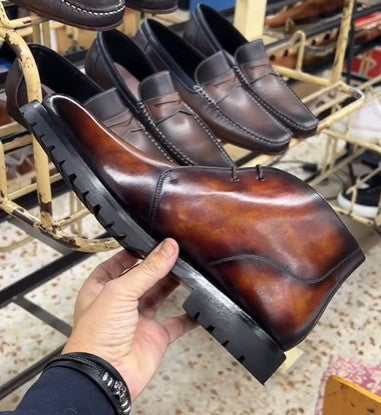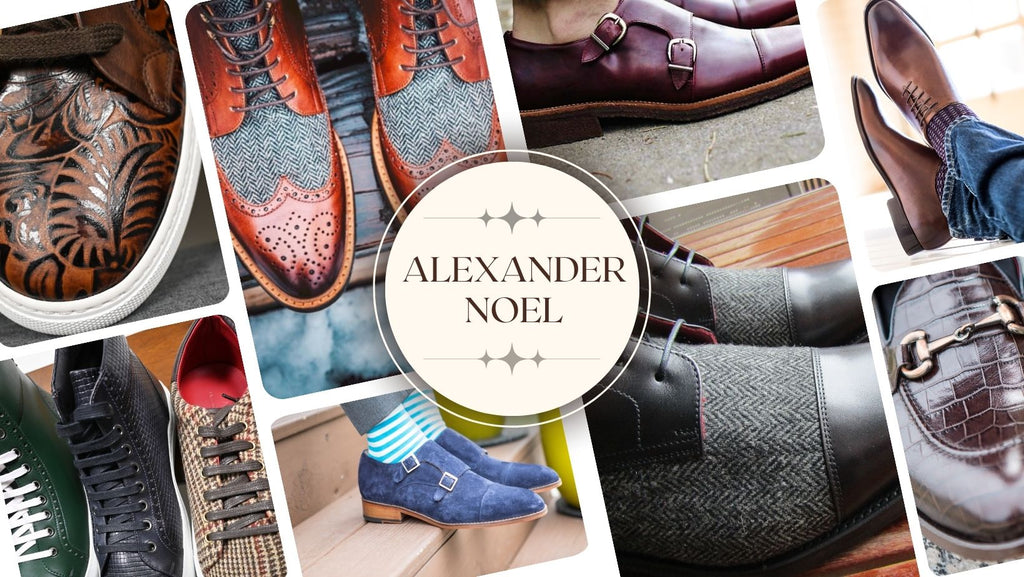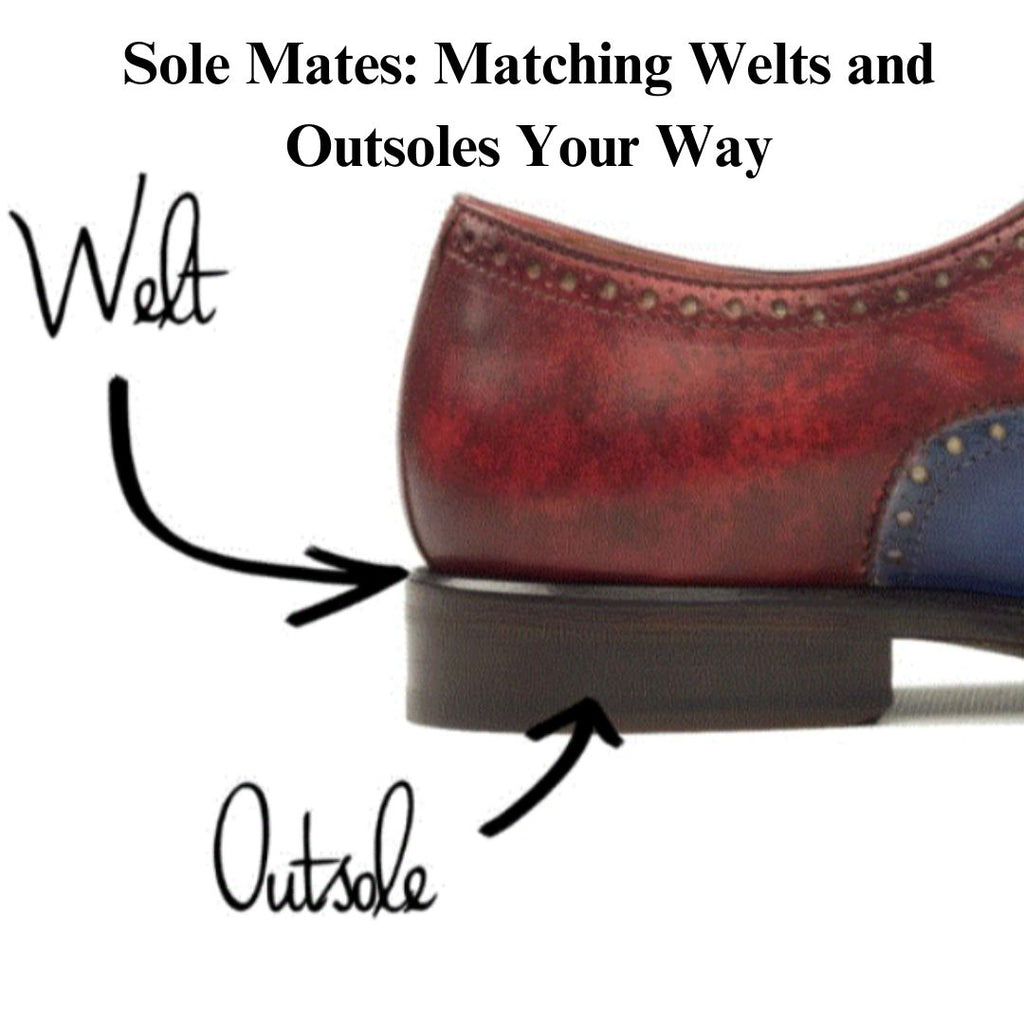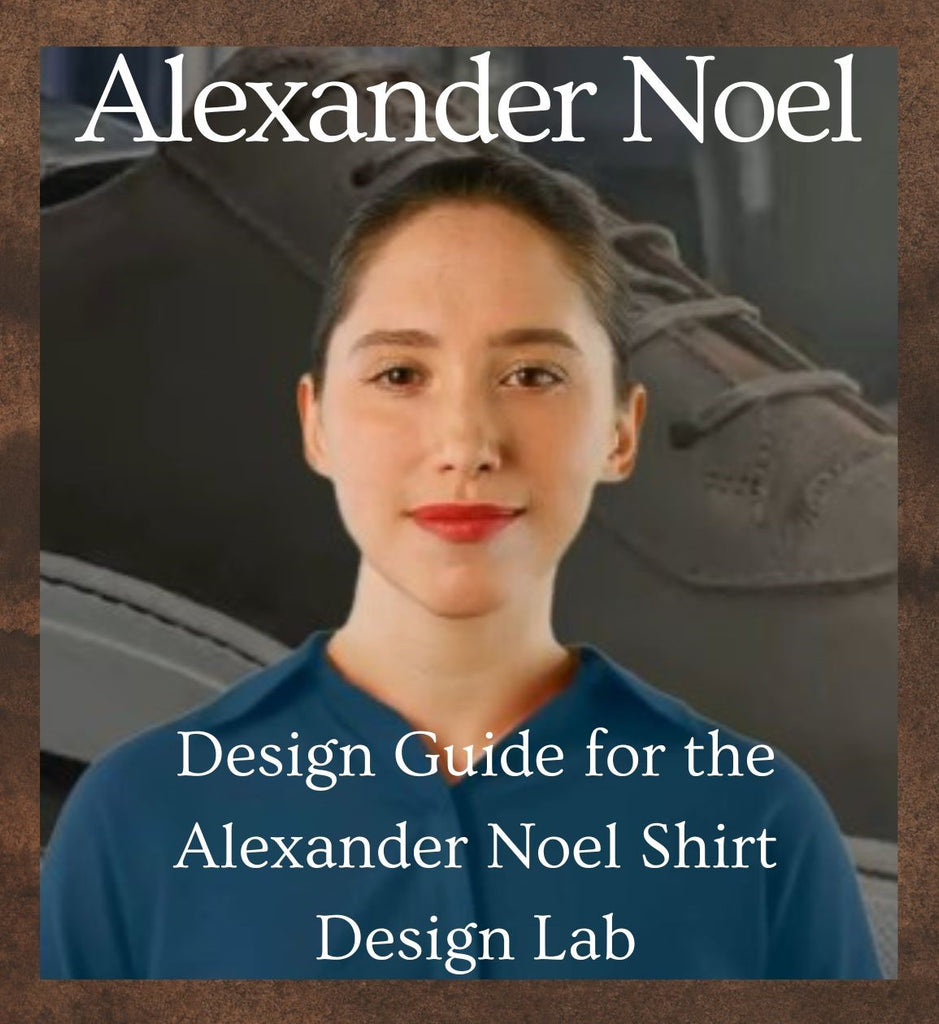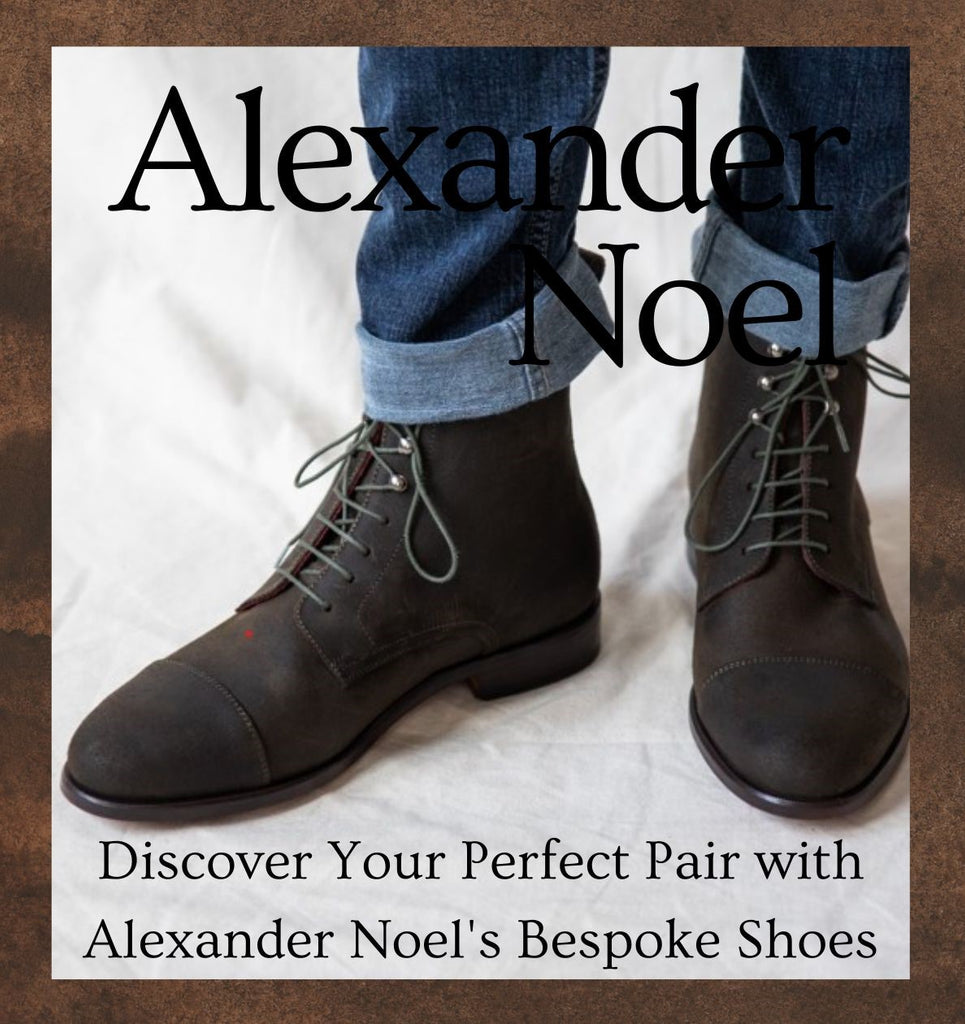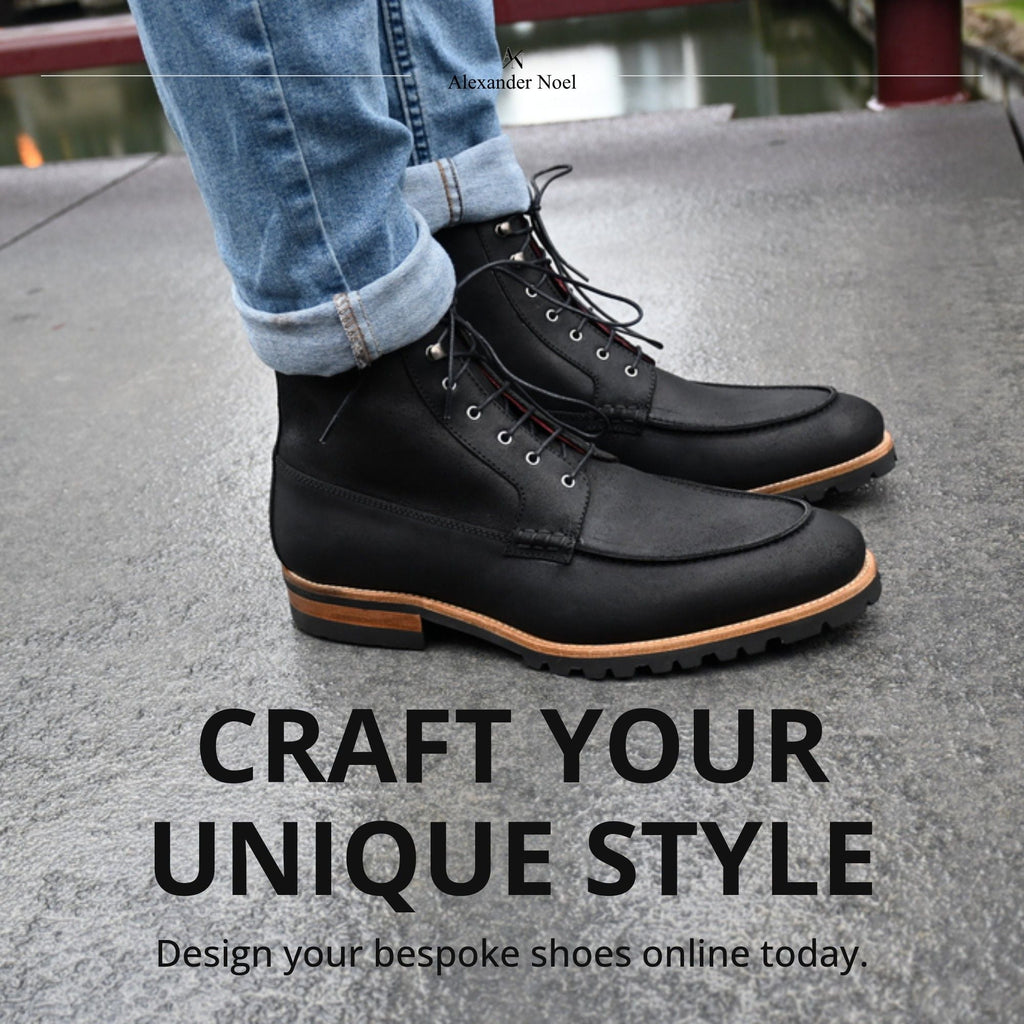
The Complete Guide to Premium Boot Construction: What Makes Luxury Worth It

In a world of fast fashion and disposable consumer goods, premium footwear stands as a testament to craftsmanship that endures. If you've ever
See how Alexander Noel shoes are brought to life, crafted by hand, one pair at a time.
why some boots command prices in the hundreds or even thousands of dollars, this guide will walk you through the construction methods, materials, and craftsmanship details that separate true luxury footwear from the rest.
The Foundation: Goodyear Welt Construction
The foundation of any premium boot begins with its construction method. While many mass-market brands use cemented construction (where the sole is simply glued to the upper), luxury bootmakers like Bruno Magli rely on the time-tested Goodyear welt method.
What is a Goodyear welt? This construction technique involves a strip of leather (the welt) that runs along the perimeter of the outsole. The upper leather, welt, and insole are stitched together, creating a cavity that's filled with cork. This method offers several advantages:
- Resoleable: When the sole wears down, the entire shoe can be resoled multiple times, extending its life by years or even decades.
- Water resistance: The welt creates a more effective barrier against moisture.
- Breathability: The cork filling molds to your foot over time and allows air circulation.
- Durability: Multiple layers of stitching mean the boot won't fall apart when one component wears down.

A single pair of Goodyear-welted boots from brands like Alexander Noel requires up to eight hours of skilled labor to complete. This investment in time and expertise represents the first premium you pay, but also the first return you'll see in terms of longevity.
The Material Difference: Full-Grain Leather
Not all leather is created equal. Mass-market footwear often uses corrected grain or genuine leather, which has been sanded down and artificially embossed to hide imperfections. Premium boot makers like Alexander Noel, Mezlan, and Bruno Magli exclusively use full-grain leather, the highest quality available.
Full-grain leather benefits:
- Retains the natural grain and character of the hide
- Develops a unique patina over time, becoming more beautiful with age
- Offers superior breathability and moisture-wicking properties
- Provides exceptional durability, often lasting decades with proper care
The sourcing of this leather adds another layer of quality. The best bootmakers utilize leather from renowned tanneries, such as Horween (USA), Du Puy (France), or Ilcea (Italy), where hides undergo lengthy vegetable tanning processes rather than quick chemical treatments.

Handcrafting: Human Touch Makes the Difference
While technology has its place in modern shoemaking, the most distinctive elements of luxury boots come from skilled human hands. Brands like Cobbler Union and Mezlan employ artisans with decades of experience who:
- Hand-cut leather pieces for precision fitting
- Hand-last the upper (shaping it around a foot-shaped wooden form)
- Hand-stitch decorative elements like broguing or medallions
- Hand-burnish the leather to create depth of color and patina
- Hand-polish the finished product to bring out the leather's natural beauty
This human element ensures each boot receives individual attention to detail that machines simply cannot replicate. When examining luxury footwear like Alexander Noel or Bruno Magli, look for subtle asymmetries and variations that indicate genuine handwork.
The Inside Story: Linings and Internal Construction
What's inside your boot matters as much as what you can see. Luxury boots feature:
- Full leather linings rather than synthetic materials
- Leather insoles that mold to your foot's contours
- Steel shanks for arch support and structural integrity
- Cork footbeds that create a custom footprint over time
- Hidden reinforcements at stress points
These internal components contribute significantly to comfort, support, and longevity, explaining why premium boot brands often feel immediately different when you first try them on.
Design Expertise: The Art of Last-Making
Perhaps the most overlooked aspect of luxury boot construction is the last—the foot-shaped form around which the boot is built. Last development is an art form combining ergonomics, fashion, and function.
Premium bootmakers like Alexander Noel and Mezlan invest years in developing proprietary lasts that achieve the perfect balance of comfort and aesthetics. These custom lasts create the distinctive silhouettes that define luxury brands, offering:
- Appropriate toe shapes (from classic round to sleek almond)
- Proper instep height for comfort
- Heel-to-toe balance for natural walking motion
- Width proportions that accommodate the foot without excess material
Why It Matters: The Value Proposition
When you invest in premium boots from craftsmen like those at Alexander Noel, you're not just paying for a brand name—you're investing in:
- Longevity: Quality boots can last 10-20 years with proper care, compared to 1-2 years for mass-market alternatives.
- Comfort: The natural materials and construction methods create a wearing experience that improves with time.
- Repairability: The ability to resole and refurbish extends the life cycle significantly.
- Environmental sustainability: Buying one pair that lasts decades creates less waste than cycling through multiple disposable pairs.
- Aesthetic evolution: Premium leather develops character over time, becoming uniquely yours.

When calculated on a cost-per-wear basis, premium boots often prove more economical than their less expensive counterparts while delivering superior comfort, style, and satisfaction throughout their extended lifespan.
Finding Your Perfect Pair
Whether you're drawn to the bold, distinctive patterns, the refined European elegance, the contemporary styling, or the artisan craftsmanship, understanding what makes luxury footwear special helps you make informed investments.
As you explore options, pay attention to:
- Construction method (Goodyear welt or Blake stitch for premium quality)
- Leather quality (full grain is always preferable)
- Finishing details (hand burnishing, clean stitching)
- Internal components (leather linings, cork footbeds)
- Brand heritage and expertise
Your journey into premium footwear is more than a purchase—it's an investment in craftsmanship that connects you to centuries of tradition while delivering daily comfort and style that improves with every step you take.


